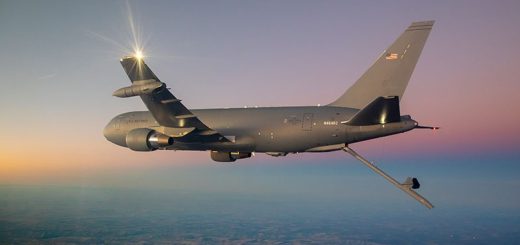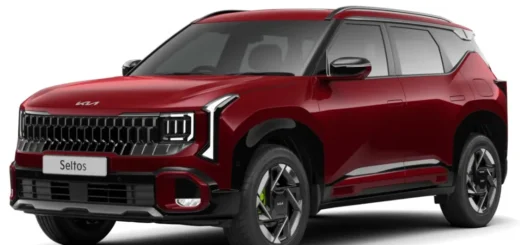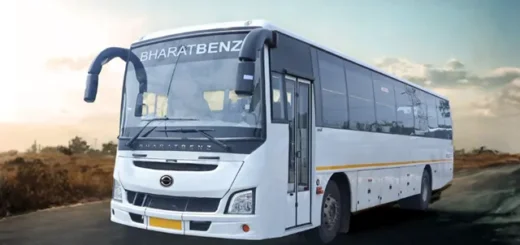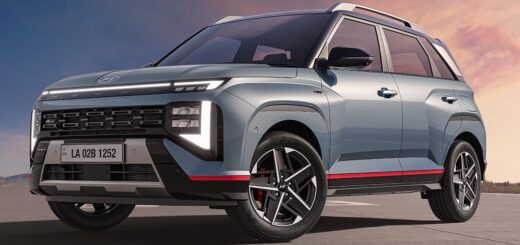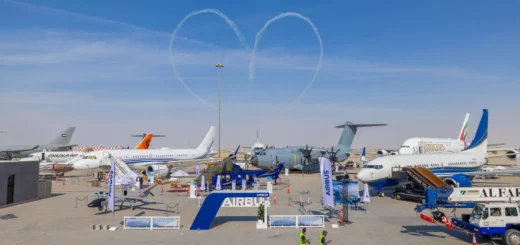Embraer E-Jets post new developments with E190F “E-Freighter” and E2 family
Embraer E-Jets, including the latest-generation E-Jet E2 family, remains to be the mainstay aircraft range for the Brazilian manufacturer, with over 1,800 jets produced till date.
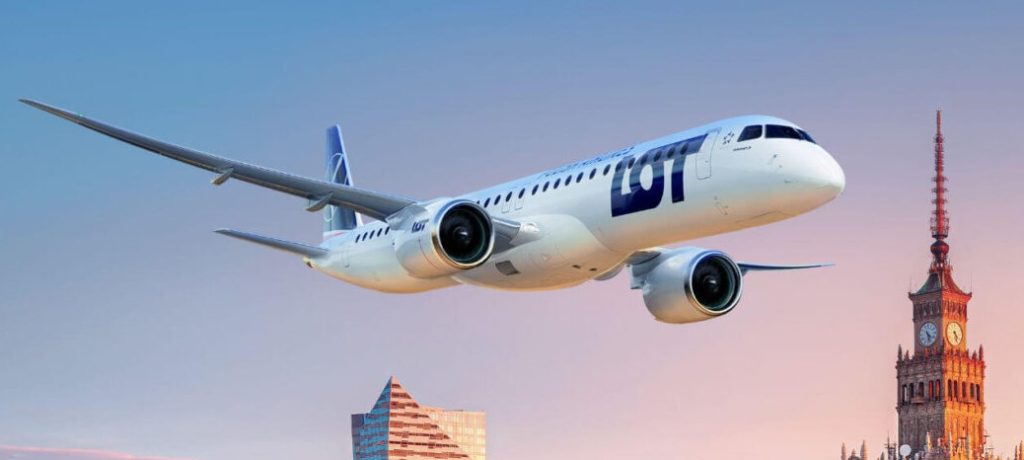
Embraer is making strident progress towards market adoption of its E-Jets series of its narrow-body twinjet aircrafts. The E-Jets and its latest E2 family are the Brazilian company’s mainstay product range for commercial aviation space in global markets.
The company recently announced that its E-Jet passenger-to-freighter convert E190F “E-Freighter” has received its Federal Aviation Administration (FAA) certification, while its latest-generation E2 series has become a showstopper at the on-going Japan International Aerospace Exhibition.
Developed to serve the gaps in the medium-duty air cargo market, the E-Freighter is a transporter built out of the Embraer E190 passenger aircraft. The aircraft made its debut flight in April and made its public debut at the Farnborough Airshow in July this year.
Also Read: Embraer C-390 Millennium considered for IAF’s Medium Transport Aircraft (MTA) deal
With a maximum structural payload capacity of 13,500 kg, the cargo aircraft is powered by two General Electric CF34-10E turbofan engines. The aircraft has already secured certifications from National Civil Aviation Agency of Brazil (ANAC) and European Union Aviation Safety Agency (EASA) for commercial adoption.
Embraer claims that the E-Jet converts have over 40 percent more volume capacity, range more than three times of the cargo turboprops, and up to 30 percent lower operating costs than larger narrow body aircrafts.
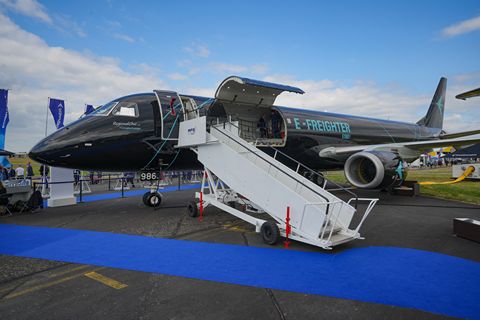
The Embraer E-Jet E2 family, on the other hand, are the next-generation aircrafts powered by Pratt & Whitney PW1900G geared turbofan engines. As against the original E-Jet range, the E2 aircrafts benefit from improved fuel burn, longer range, increased engine time on wing, and innovative cabin optimizations.
Notable, the E2s are equipped with Enhanced Take Off System (E2TS), the first-of-its-kind feature in its class, which will help pilots optimize takeoff performance and reducing field length for take-off and landing. The manufacturer claims that this ensures more payload and increased range from challenging airports for commercial operators.
At the Japan International Aerospace Exhibition, Embraer is seeking continued support from the Japanese aerospace market for its E2 family of aircrafts, with a claim that the E2s are ideal suited for the local operations. About 47 E-Jets are already being operated by various Japanese operators for regional and international connectivity.
Just in August this year, Virgin Australia placed an order with Embraer for eight E190 E2 aircrafts, while LOT Polish Airlines added three E195 E2s in May 2024. Till date, Embraer has built over 1,800 E-Jets since its manufacturing in 2001. The E2s primarily take on the likes of the Airbus A220 narrow-body airliners.
Image credits: Embraer


